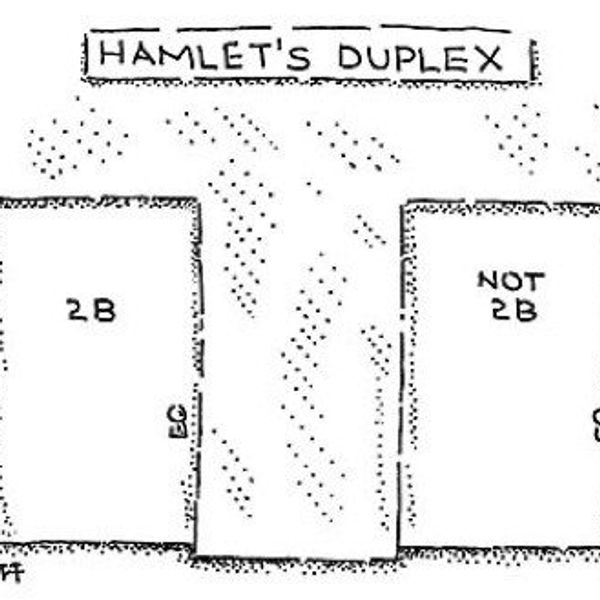The First Amendment of the United States Constitution is perhaps the amendment that most asserts America's role as the leader of the free world. It's what gives all citizens the right to freedom of expression, no matter what one chooses to express.
There are some limits to this amendment, however, meaning there are some types of speech that the government can actually regulate. Take "fighting words," for example fighting words are words or phrases that create chaos and harm, such as shouting "Fire!" in a crowded movie theater.
The shout would create mass chaos as people run outside and potential harm as people trample and knock each other down. There are other instances in which certain forms of speech can be regulated and banned, such as when speech challenges the military and harms the war effort (Espionage Act of 1917), or when it advocates for imminent lawless action, decided by the Supreme Court in Brandenburg v. Ohio in 1969. But by and large, Americans are mostly free to engage in whatever verbal or nonverbal speech they desire.
Many citizens argue that there is another type of speech that is unprotected by the First Amendment and subject to regulation: hate speech. Hate speech, while having no official legal definition, is generally understood as both verbal and nonverbal communication that is typically targeted at racial, religious, or ethnic groups, but can include marginalized people such as women, LGBT+, handicapped individuals, etc.
Knowing this, many believe that speech so vile and abhorrent would never be protected by the Constitution, like many college campuses in the late 1900s, which took it upon themselves to create hate speech regulation and alter their student codes to include punishment for such language. After all, hate crimes are punished, so why not hate speech?
But the reality is that the Supreme Court of the United States has ruled time and time again in their precedent that hate speech, while detestable, is protected under the First Amendment just like any other form of speech. The Court has not only protected hateful language from outright bans but from lesser restrictions as well, such as codes on college campuses.
Take, for example, the Supreme Court's ruling in Terminiello v. Chicago in 1949, in which Terminiello, a Catholic priest, gave a speech in Chicago that criticized various political and racial groups, such as liberals and Jews. His speech resulted in a violent protest, and the priest was later arrested and convicted of breaching the peace. However, when Terminiello appealed to the Supreme Court, the justices decided Chicago's ordinance violated his right to freedom of speech, citing the First Amendment.
Hateful speech was yet again declared protected under the Constitution later in 1969 when a member of the Ku Klux Klan was arrested after delivering a speech advocating the overthrow of the U.S. government, which violated an Ohio criminal syndicalism law. The law, which criminalized advocating for crime or violence, was declared by the Supreme Court to be infringing upon the KKK member's right to free speech, this time citing both the First and Fourteenth Amendment. No one, including the justices, actually believed the KKK member's speech would actually incite the overthrow of the government; therefore, Ohio's law was too broad.
Thirdly, take the famous case R.A.V. v. City of St. Paul in 1992 when several teenagers burned a wooden cross on the lawn of an African American family. They were later charged under a local bias ordinance which banned the display of symbols that incite anger or alarm on the basis of religion, race, gender, etc.
However, after the case was appealed to the Supreme Court, all eight justices unanimously decided that the ordinance was overly broad and far too content-based, specifically stating that "it prohibits otherwise permitted speech solely on the basis of the subjects the speech addresses." Even though the general public and the government might disapprove of the idea or message expressed, no one can punish or restrict it.
These were just three cases in which the Supreme Court further cemented the idea that hate speech is protected under the First Amendment and is not to be infringed upon – no matter how offensive it is or who is targeted. Even if the speech is considered universally reprehensible – like when the Westboro Baptist Church picketed a Marine soldier's funeral in 2011 – the court's case law surrounding hate speech is clear and unchanged from precedent: it is protected. Individuals and groups have the right to freely express their ideas and beliefs, even if that belief is full of hatred and bias.
It is no doubt upsetting to picture hateful organizations such as the Westboro Baptist Church, the KKK, and others being able to legally march around the country and spew heinous and nasty words at innocent individuals, but their freedom to do so is what makes the United States so different from any other country. They have the freedom to be hateful, just like everyone else has the freedom to be supportive, accepting, and caring – that freedom is what America was built upon and will continue to thrive on.



















